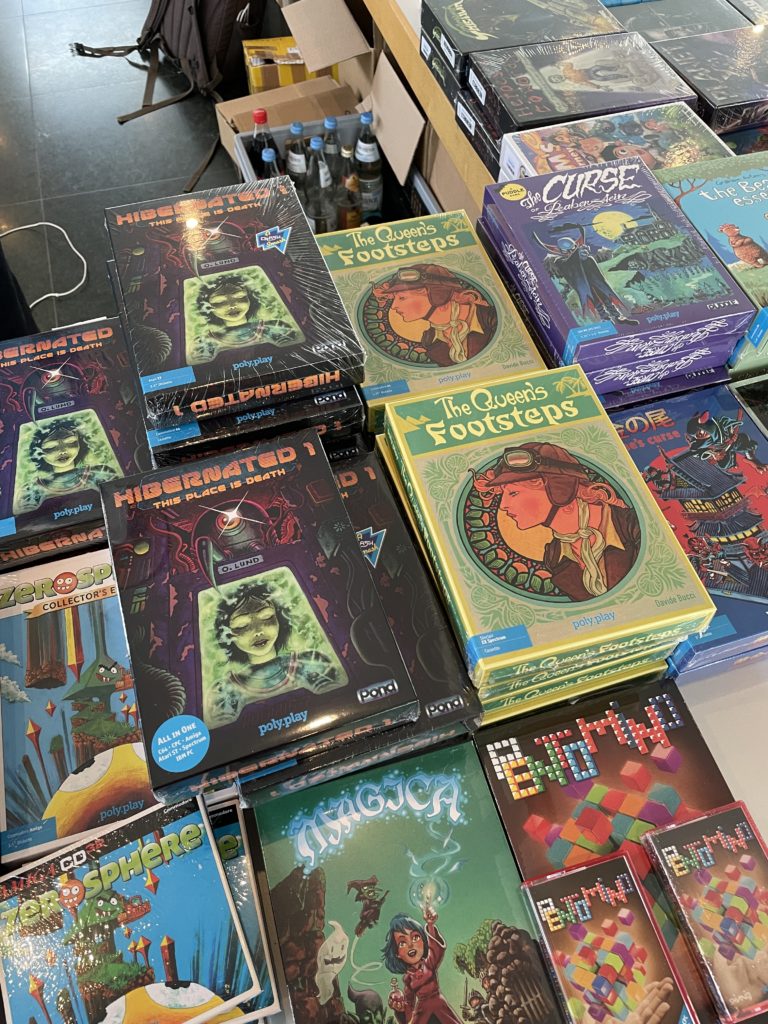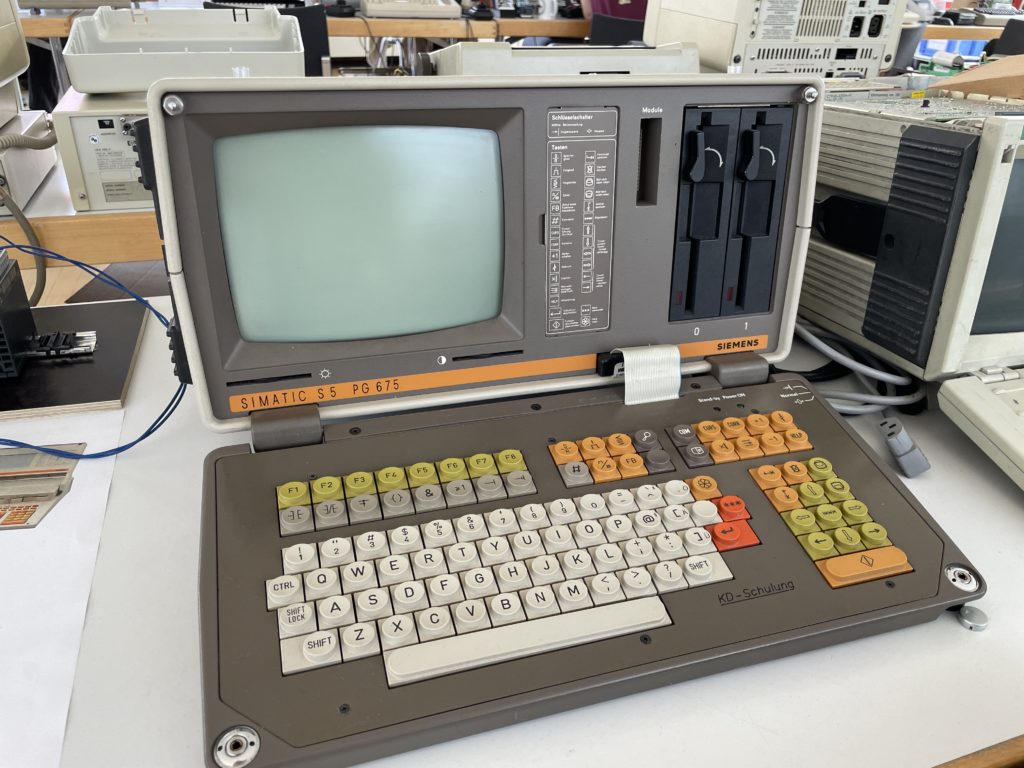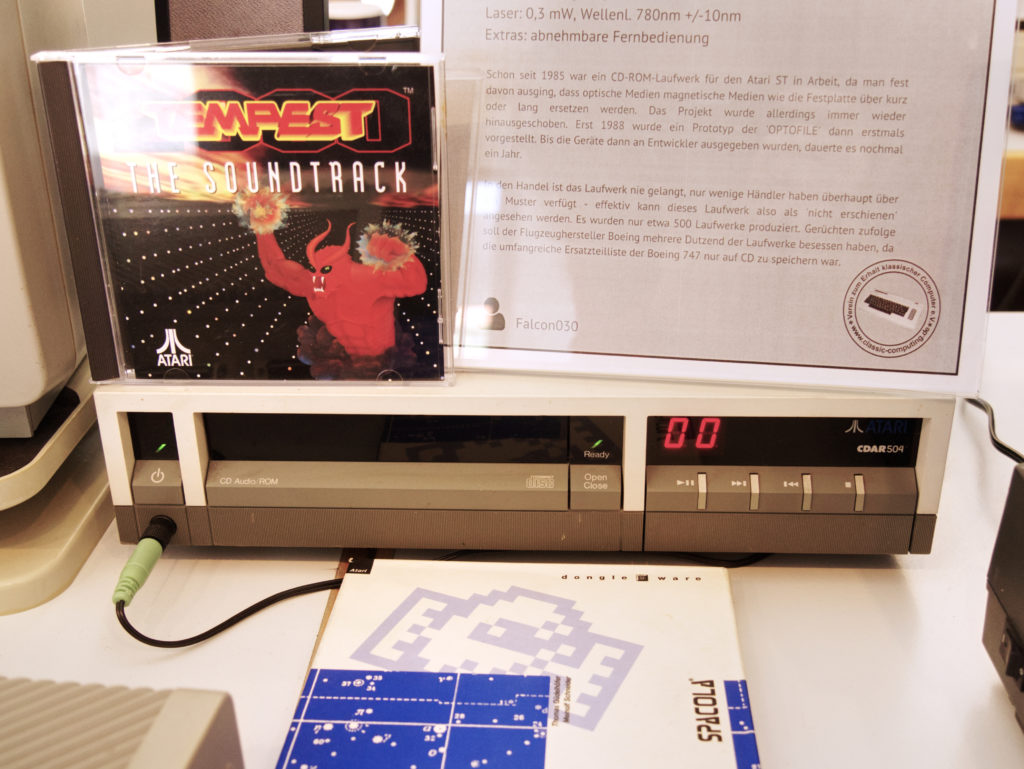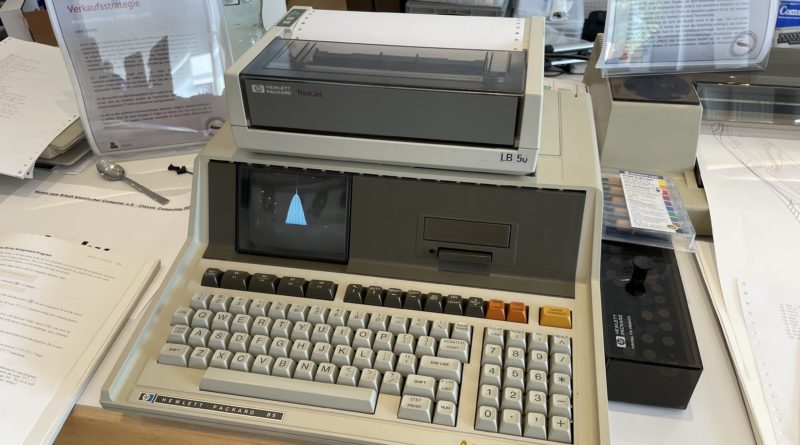Classic Computing 2021: Back for good!
The previous gathering of retro computer fans, the 2020 edition in Thionville, had to be cancelled. But this year Classic Computing 2021 was back for fans of 70’s, 80’s and 90’s computers.
The pandemic hit the retro scene hard. If you are not into the scene or haven’t visited some of the events yet, you may not know, but retro collecting doesn’t have to be a solitary hobby. Every year dozens of retro events are held in Germany alone. Some are specific to certain computers, others are more of a flea market.
Classic Computing is organised by the „Verein zum Erhalt klassischer Computer“. The VzEkC helps to connect members, keep those retro treasures running and document the history of those old machines. An annual magazine (LOAD) has been published since 2012. I do know a few retro publications and theirs covers a wide variety of mostly niche topics.
This year
This year, the pandemic situation allowed the VzEkC to hold a Classic Computing event again. From September 17 to 19, fans and VzEkC gathered in Vöhringen. Vöhringen is located near Neu-Ulm in south Germany. Quite a distance from Cologne, but I decided on short notice to book a ticket leaving Cologne at 5:45 am. I imagine that most arrive by car, especially the people exhibiting hardware.
That’s another important part: This is not a travelling museum that exhibits the same Commodores, Ataris and Amstrads every year. It’s volunteers who bring their hardware. Some hardware is customised, uncommon or very, very rare. Almost no one came to sell stuff and the event was free (donations welcome).
Polyplay

After showing my proof of vaccination (a negative test or vaccination was required), I took a look at the first stand. Polyplay is a well-known publisher in the German retro scene. What they (and other retro publishers) do, is to release new games for old systems. With a proper shrink-wrapped, full-colour box, printed manual and the appropriate storage media, it makes you feel like you’re back in the 80’s/90’s, checking out the software store for fresh games. At least that’s what I did back in the day.
Some of the games are available for many different systems. Text adventure Hibernated 1 is available for C64, Amiga, Amstrad CPC, ZX Spectrum, PC and Atari ST. Some formats sell better than others obviously, but since box and manual are the same across all formats, they can keep the cost down. There’s even an „All in one“ box with all versions of one game distributed on various storage media (tape and disk).
Commodore & HP
Going up the stairs, there were the first rows full of classic computers. Not every computer was working or free to use and there was even a repair corner. Among the machines not connected to a display was an Atari 1040STFM, with a Yamaha SY35 keyboard and MIDI software Notator SL. While the Atari didn’t have a great sound chip, it was a killer MIDI machine with MIDI ports built-in, a crisp b/w monitor and plenty of professional software.
Less common seen in the wild are machines such as the Siemens Simatic S5 PG675 or the HP-85. Both were industrial computers with built-in displays.

Also rarely seen in the wild is the C64 Games System. This was not intentional: Commodore’s consolized version of the popular C64 computer was a massive failure and quickly removed from the market. Besides releasing a hardware that was eight years old at launch, the greatest sign of incompetence was the pack-in game Terminator 2, which required to press a key to start the game. The C64 GS had no keyboard.
Thankfully, there were plenty of regular C64 around and I still got a soft spot for my first computer.
Atari’s rarities: Transputer, CD-ROM, ST-Book

The Atari computer presence was strong at Classic Computing 2021. One table had a working Atari CD-ROM drive. This drive dates back to 1987/88, but Atari had announced their intention to launch a drive before. Units were later sent out to a few developers, dealers and media. In total, only around 500 units were manufactured. Ultimately, it was never released and owners of Atari ST computers waited until 1993, when CD-ROM drives became more common for Atari computers.

Equally rare is the Atari Transputer Workstation. The transputer was a proposed new processor design intended for parallel computing. Essentially that meant that you could increase performance of the system by adding more transputer cards. The ATW shipped with its own operating system, not compatible to any other Atari computers. Only around 350 units were manufactured, including an unknown number of prototypes.





Pingback: Xperion Days 2021 - Cosplay, Casemods & Retro - Take me to Germany!
Pingback: Xperion Days 2021 - Cosplay, Casemods & Retro - Take me to Germany!